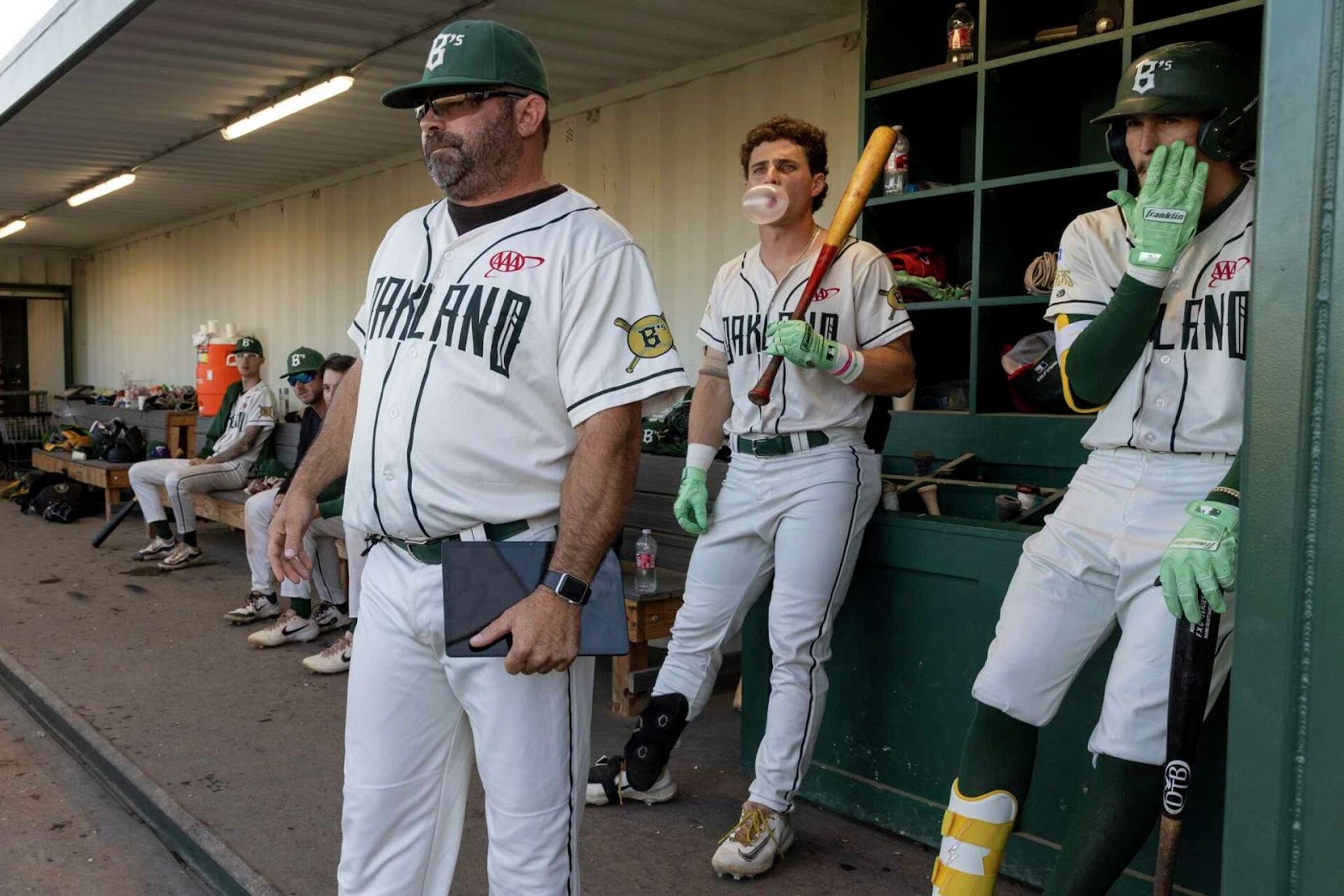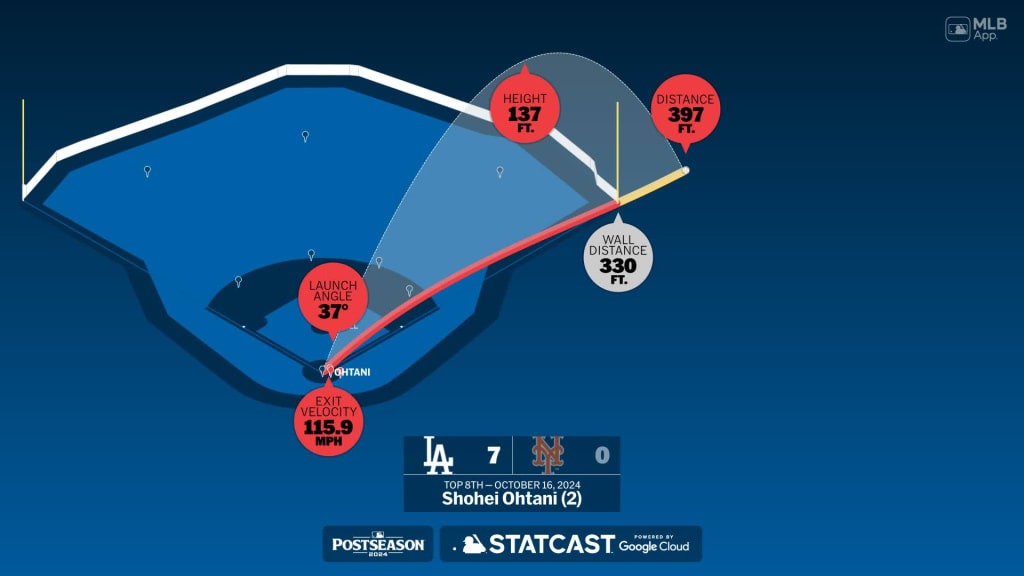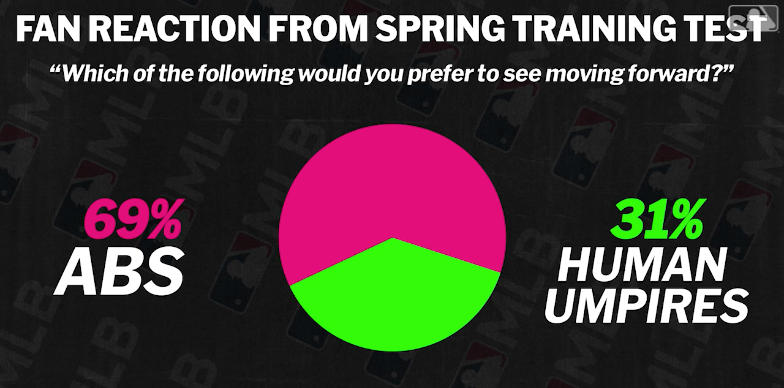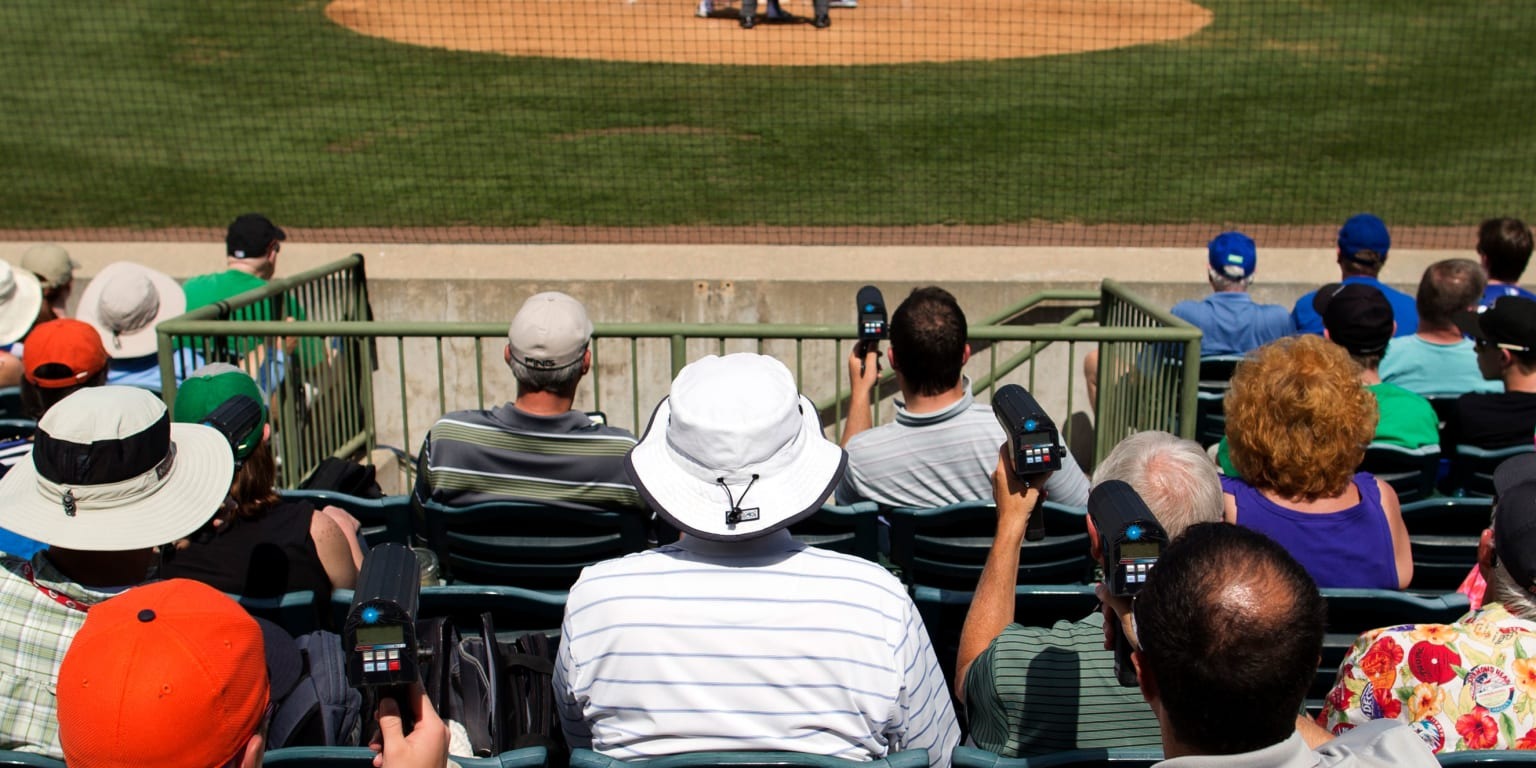How AI in Baseball Is Analyzing Over 15 Million Data Points Per Game
AI in baseball is transforming MLB operations by improving umpire accuracy, predicting player injuries, enhancing talent scouting, and personalizing fan experiences through advanced analytics.
AI in baseball is solving decades-old operational challenges by transforming 15 million data points per game into actionable insights that improve fairness, performance, and fan engagement.
Teams like the Miami Marlins use AI in baseball to analyze high-frame-rate video footage and build predictive models that forecast player development over 3-5 years.
The first fully AI-managed professional game proved that AI in baseball can handle real-time strategic decisions under pressure.
September 6, 2025, was unlike any other Friday night game for the Oakland Ballers. The dugout at Raimondi Park looked more like a tech startup's war room. Coaches huddled around tablets displaying real-time recommendations. Every strategic decision—lineups, substitutions, defensive positioning—came from an artificial intelligence system built by engineering firm Distillery and powered by OpenAI.
The stakes were personal for Ballers co-founder and CEO Paul Freedman. He remembered last year's fan-controlled game where crowd voting led to chaotic calls and a loss. This time, with AI in baseball making its debut, algorithms would call the shots.
By the ninth inning, the Ballers had won the first AI-managed professional sports game, a resonating demonstration to baseball managers everywhere of AI’s capacity for high-pressure, split-second decisions in actual competition. The game marked a new peak for AI in baseball. Non-MLB leagues aren’t the first to leverage AI: the MLB has been implementing AI across 30 teams for years. Now, AI’s role within baseball is evolving to solve problems that have plagued America's pastime for decades.

15 Million Unleveraged Data Points … Per Game
A single game of baseball generates a staggering 15 million data points. Pitch velocity, spin rate, player positioning, swing mechanics—even the movement of spectators through stadium concourses is tracked. For most of the sport's history, that information either didn't exist or sat unused. But unleveraged data is where AI in sports really shines.
Meanwhile, three critical operational challenges remained pervasive, undermining team performance and fan satisfaction. Umpire calls remained inconsistent, costing teams games and eroding trust. Player injuries devastated payrolls and playoff hopes despite millions invested in sports medicine. And traditional scouting methods missed talented prospects while overvaluing visible but flawed players.
The advent of AI in baseball offers promising solutions to all three of these hurdles, with providers like Google Cloud and specialized engineering firms creating solutions that enhance the game for teams and fans. We’ll see AI-powered strike zone challenges in 2026, while pro teams like the Miami Marlins offer promising case studies for reducing injuries with AI and scouting talent more efficiently. Baseball is transforming in big ways, enhancing America’s pastime for generations to come.

The 3 Big Problems AI Is Solving in Baseball
Challenging Questionable Umpiring
The strike zone—that invisible rectangle where pitches must pass to be called strikes—has always depended on human judgment. Home plate umpires make roughly 300 calls per game, tracking pitches that travel 95-plus mph while breaking several inches in multiple directions. Research analyzing over 3 million pitches found that umpire accuracy varies across factors and biases, and one Boston University study of 4 million pitches demonstrated that MLB umpires make certain incorrect calls at least 20 percent of the time. Bad calls alter at-bats, innings, and ultimately wins and losses.
The introduction of traditional video replay helped but added lengthy delays and didn't address the fundamental challenge: real-time accuracy. Even the best umpires make mistakes because the human eye has physical limitations when tracking high-speed objects at close range. In high-stakes playoff situations, a single blown call could determine championship outcomes.
MLB's big solution rolls out in 2026: the Automated Ball-Strike Challenge System (ABS). The technology uses 12 synchronized Hawk-Eye cameras with 5G connectivity to track every pitch with accuracy within one-fifth of an inch. The hybrid AI in baseball model keeps human umpires on the field for tradition and game management, but allows players to challenge questionable calls. When a challenge occurs, the AI system analyzes pitch location relative to the strike zone and displays results on stadium screens in less than 15 seconds on average.

During testing phases, the system improved stat delivery by 300 milliseconds, enabling instant analysis of ball-and-strike calls that fans could see in real time. Players and managers report greater confidence in the fairness of officiating—according to a spring training test, 69% of fans preferred the ABS. More importantly for operations executives, the technology reduces game-stopping arguments and maintains the pace of play.
Detecting “Biomechanical Deviations” in Real Time
MLB teams routinely invest $20-30 million in individual player contracts. Yet injuries remain stubbornly unpredictable. Pitchers develop elbow problems mid-season, requiring Tommy John surgery and 12-18 months recovery. Position players strain muscles during routine plays. The issue is that the traditional model was reactive—treating damage after it occurred.

Biomechanical stress accumulates invisibly over time. A pitcher's throwing delivery might show subtle deviations weeks before pain appears. Without sophisticated motion tracking, coaching staffs couldn't detect these warning signs until the damage was already done. The financial and competitive costs were enormous: star players sidelined for months, rushed rehab attempts that led to re-injury, and playoff runs derailed.
AI in baseball is changing this calculus through biomechanical analysis and predictive modeling. The Miami Marlins’ AI in baseball strategy employs vendors such as Hawkeye, KinaTrax, and Trackman to capture high-frame-rate video footage during every home game and throughout their minor league system. Other AI vendors for baseball, like Infinite Sky, have emerged to serve this need for pro sports teams specifically. These systems track all on-field activity—player movements, batting mechanics, pitching deliveries—generating comprehensive datasets that feed into machine learning models.
"We use data from every pitch, swing and play to understand who our players are today and who they could become tomorrow.”
—Brian Chase, VP of Baseball Systems, Miami Marlins
The organization processes this information through internal database systems and uses ML models to generate actionable insights for coaching staff. Most critically, the AI in baseball technology creates constant feedback loops that provide real-time information for better decisions.
The system detects biomechanical deviations that indicate accumulating stress before players feel pain. Coaches can then adjust pitching schedules, modify training routines, or prescribe specific recovery protocols proactively. The result is fewer trips to the injured list, longer player careers, and better return on payroll investments.
Finding the Next Shohei Ohtani
For over a century, baseball scouting relied primarily on human observation. Experienced scouts developed keen eyes for talent by watching thousands of players. Geographic limitations meant talented players from smaller markets or international leagues were often overlooked, and high-profile prospects with visible tools but fundamental mechanical flaws were frequently overvalued.

The core challenge was quantification. How do you objectively measure which amateur players will succeed against professional pitching three years in the future? How do you predict whether a 19-year-old's swing mechanics will break down under the stress of 162-game seasons? Traditional methods struggled to answer these questions with the precision required for multi-million-dollar decisions.
AI in baseball addresses this through predictive modeling and comprehensive data analysis. The Marlins, for example, build models designed to forecast player development trajectories over three to five year periods, informing decisions about team construction, free agency acquisitions, and trade opportunities.
"Take a single player today … someone that we are looking into drafting. We have to find ways to accurately predict how good they could be in the coming years."
——Brian Chase, VP of Baseball Systems, Miami Marlins
The organization particularly employs generative AI tools to assist coaching staff and scouts in producing detailed reports. At the Marlins' facility in the Dominican Republic, scouts observing tryouts can utilize AI-powered systems to document player performance during drills, simulated games, and practice sessions.
"Take a single player today, who could already be on the Major League roster, one of our Minor League rosters or someone that we are looking into drafting," Chase explains. "We have to find ways to accurately predict how good they could be in the coming years."
The approach bridges what Chase describes as "the qualitative and the quantitative to make really informative decisions." Video analysis reveals mechanical efficiency that traditional observation might miss. Historical data on similar player profiles helps estimate development curves. Weather conditions, ballpark dimensions, and opponent tendencies all factor into the models. The result is more accurate talent evaluation that helps teams find value where others see risk.
What the Oakland Ballers Proved
Back in Oakland on that Friday night in September, the Ballers' AI manager was making its final decisions. Distillery's real-time decision engine had spent nine innings ingesting live game data, analyzing pitcher-batter matchups, and recommending strategic moves. Throughout the game, fans watched explanations of the AI's reasoning on stadium screens, seeing the logic behind each substitution and positioning change.
“We set a modern-era Pioneer League wins record this season, but we wondered—could we be even better with AI?”
—Paul Freedman, Oakland Ballers Co-founder and CEO
When the final out was recorded, the Ballers had secured another victory (they’d previously cemented their number one status in the league). "We set a modern-era Pioneer League wins record this season, but we wondered—could we be even better with AI?" Freedman said afterward. "With Distillery and our AI manager, we not only brought our vision of hosting the first AI sporting event to life, we also gave our fans a fun experience to enjoy while securing another victory."
Across MLB, the evidence is mounting that leveraging AI in baseball solves problems conventional methods couldn't touch. And more use cases are being identified constantly, like AI predictions for where home runs might land based on player batting history.
AI in baseball is about augmenting what coaches, scouts, and executives already do well with insights that were previously invisible. The teams building these systems now are creating decision-making capabilities that compound over seasons. In a sport where the difference between playoff berths and elimination often comes down to a handful of wins, those capabilities matter.
[Instagram embed: https://www.instagram.com/reel/DOR5aekEhHg/]
When machines can manage games and humans can focus on strategy, development, and culture, baseball becomes something different than it was. Not worse or better necessarily, but more precise. More informed.
At the conclusion of the game, Ballers manager Aaron Miles strode over to shake hands with the visiting team’s manager. But instead of offering his hand, he offered the tablet he’d been running decision-making AI on all game. The other manager and the umpires “shook hands” with it. It seems like the sport of baseball is now doing the same.





.svg)






_0000_Layer-2.png)

